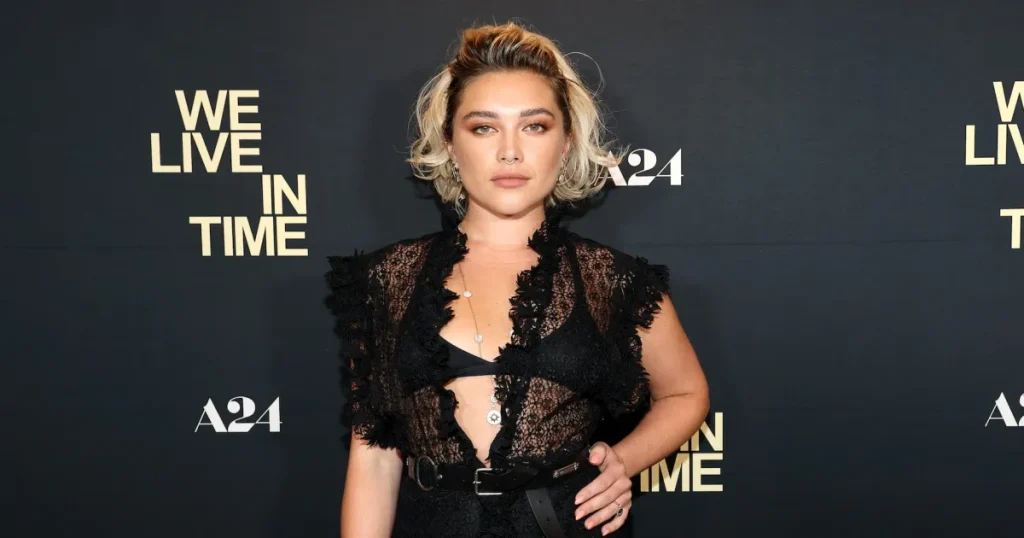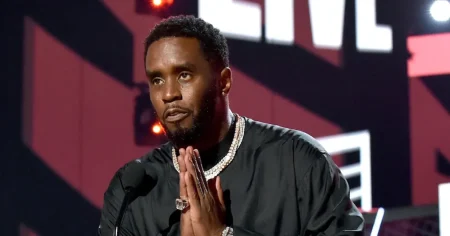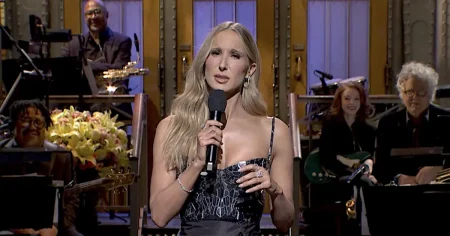Florence Pugh Opens Up About Intimacy Coordinators in Film: The Evolution of On-Screen Vulnerability
Florence Pugh recently shared her nuanced perspective on intimacy coordinators in the film industry during an appearance on the “Louis Theroux” podcast in November 2025. The acclaimed actress offered a thoughtful reflection on her experiences with these professionals, whose role has become increasingly important in Hollywood productions. Pugh explained that intimacy coordinators are meant to ensure the safety and comfort of actors during intimate scenes, creating an environment where performances can unfold naturally while maintaining clear boundaries. “They’re the people who can make sure that the acting of the intimate scenes goes well, goes smoothly for everyone, and that people are safe,” she stated, emphasizing their intended supportive role rather than a hindrance to the creative process. “It’s not to get in the way. It’s not to confuse, it’s not to make things more complicated or make things more awkward.”
Having performed in numerous productions before intimacy coordination became a standardized practice, Pugh acknowledged her own journey with vulnerability on screen. She described herself as someone who has typically been “quite confident” and “able to make sure that I’m heard” in professional settings. However, this self-assurance didn’t shield her from problematic situations in the past. With remarkable candor, she reflected on moments where boundaries were crossed: “There are plenty of things that I remember where it was just completely inappropriate to have asked me to do that, to have directed me in that way.” This acknowledgment highlights the necessity for structural protections rather than relying solely on an individual actor’s ability to advocate for themselves, especially in an industry with significant power imbalances.
Pugh’s experiences with intimacy coordinators have varied significantly, leading to an evolving perspective on their value. She described having both “fantastic” experiences and others where coordinators “just made it so weird and so awkward” that their presence “really wasn’t helpful.” This inconsistency points to the relative newness of the role in the industry, with Pugh noting, “I think it’s a job that’s still figuring itself out.” Her mixed experiences reflect the growing pains of implementing this relatively new position across the industry, where standards and best practices are still being established. Like many aspects of filmmaking, the effectiveness of intimacy coordination appears highly dependent on the skill, sensitivity, and approach of the individual coordinator.
The transformative potential of excellent intimacy coordination became clear to Pugh through positive experiences that deepened her understanding of on-screen intimacy as storytelling rather than mere physicality. Working with talented coordinators helped her approach intimate scenes with greater intentionality, considering questions that enhance the narrative depth: “What kind of sex is it, how do you touch each other, how long have you been having sex for?” These considerations transform potentially uncomfortable moments into meaningful storytelling opportunities. As she put it, working with a skilled coordinator revealed “understanding the dance of intimacy as opposed to just shooting a sex scene.” This framing elevates intimate scenes from potentially exploitative or gratuitous moments to integral components of character development and narrative.
What makes Pugh’s reflection particularly valuable is her willingness to acknowledge the evolution of her thinking on this subject. Rather than presenting a rigid stance, she demonstrates how her perspective has been “changing” through diverse experiences. This openness reflects broader industry shifts, as filmmakers and actors continuously refine their approach to depicting intimacy responsibly while maintaining artistic integrity. Pugh’s experience mirrors the industry’s journey toward finding balance between protecting performers and creating authentic, meaningful moments of connection on screen. Her testimony underscores how the introduction of intimacy coordinators represents not just a policy change but a cultural shift in how vulnerability is approached in filmmaking.
The importance of Pugh’s commentary extends beyond her personal experiences, highlighting an industry in transition toward greater accountability and care for performers. As one of Hollywood’s most respected young talents, her willingness to speak candidly about the complexities of filming intimate scenes contributes to an ongoing dialogue about best practices. Pugh ultimately concludes that despite inconsistencies, the potential value of intimacy coordination is significant: “There are good ones and bad ones, and it’s through the good ones that I have learned how effective it can really be.” This balanced assessment acknowledges both the current limitations and the promising future of a role that, when executed well, can transform how vulnerability is portrayed on screen. Her perspective offers valuable insight into how the film industry continues to evolve in its approach to depicting intimate human connections with both authenticity and respect.















